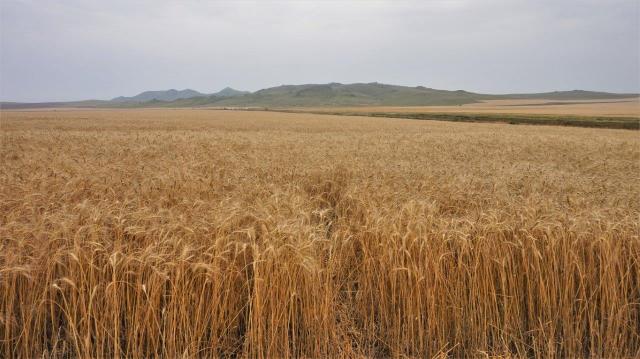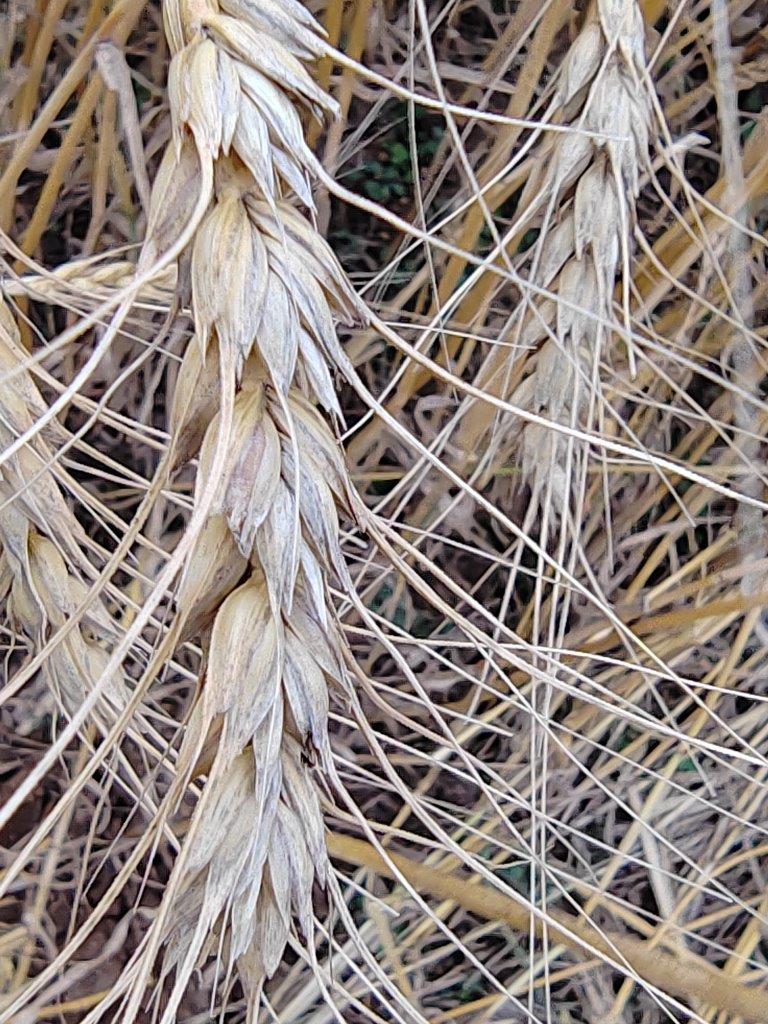Highlights : an extinct volcano, a typical Mongolian home & lunch, a copper mine and fields of gold.
6 September 2023
The drive to our first stop – Uran Togoo National Park was a surprisingly short 30 minutes, mostly on grassland once Bune left the road from our camp in Selenge.
The Uran Togoo and Tulga Mountain is a national protected area in the Bulgan Province. The park’s main highlight is Uran Uul, an extinct volcano that expands more than 1 mile (1,686 m) across the park.
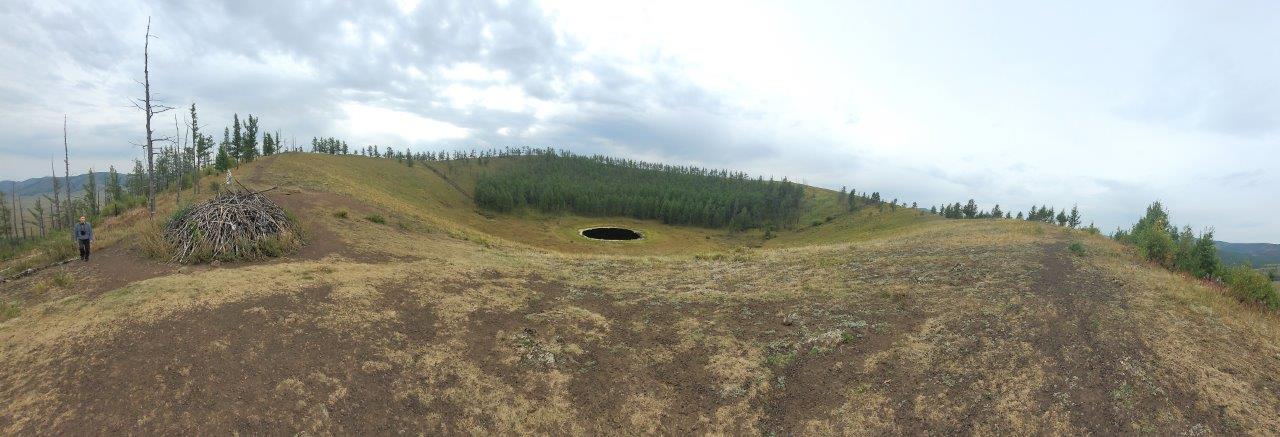
Active more than 20 million years ago, the lava that once flowed here has left rich soil and an abundance of varied plant life and animals.

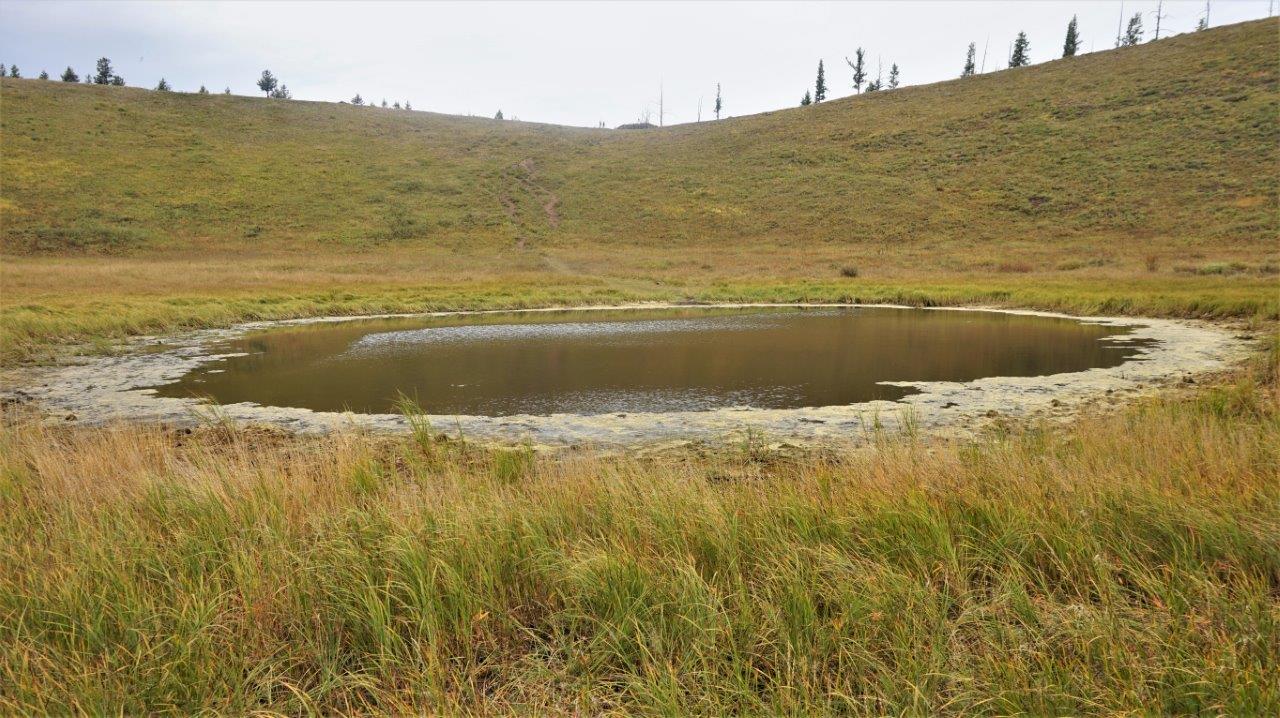
Following a track that spirals around the volcano, Bune let us out at the foothills to continue on foot to the rim.
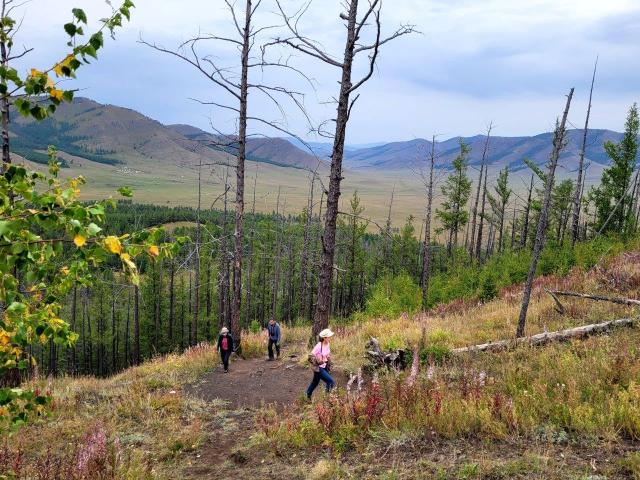
Climbing up from the shadow side, the trail is moderately steep.
The fertile soil is ideal for plants of steppe or forest-steppe. I enjoyed the 10-minute workout amidst beautiful, utterly wild and unspoilt surroundings of larch dotted forest, asp, aspen and birch trees.
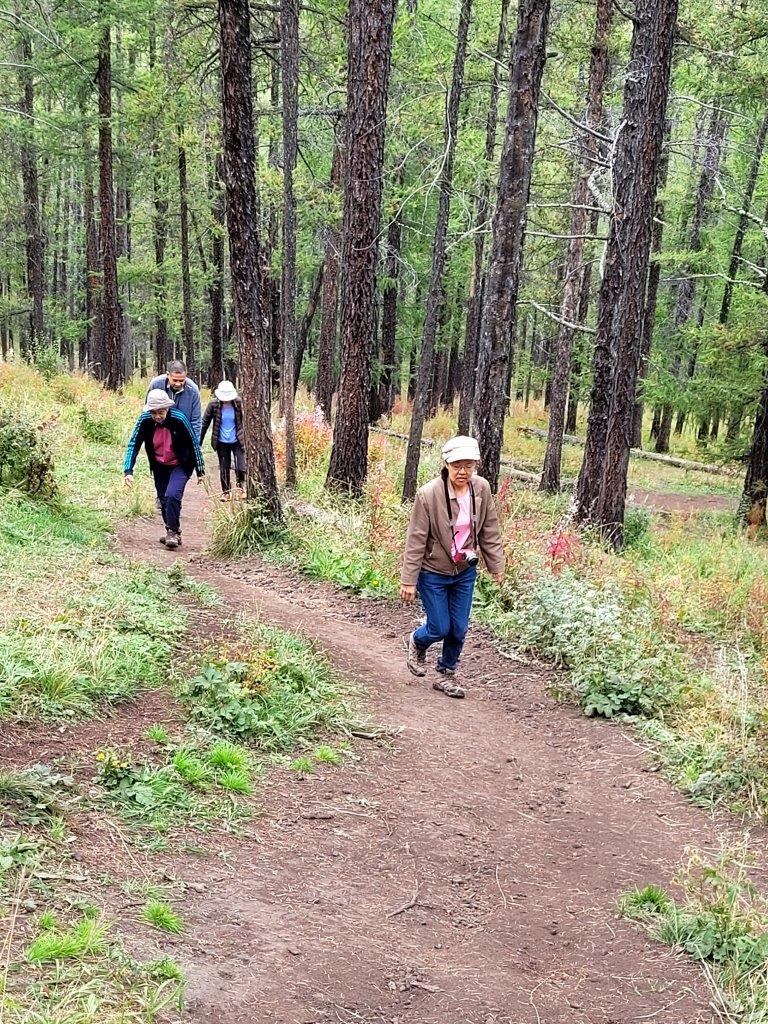
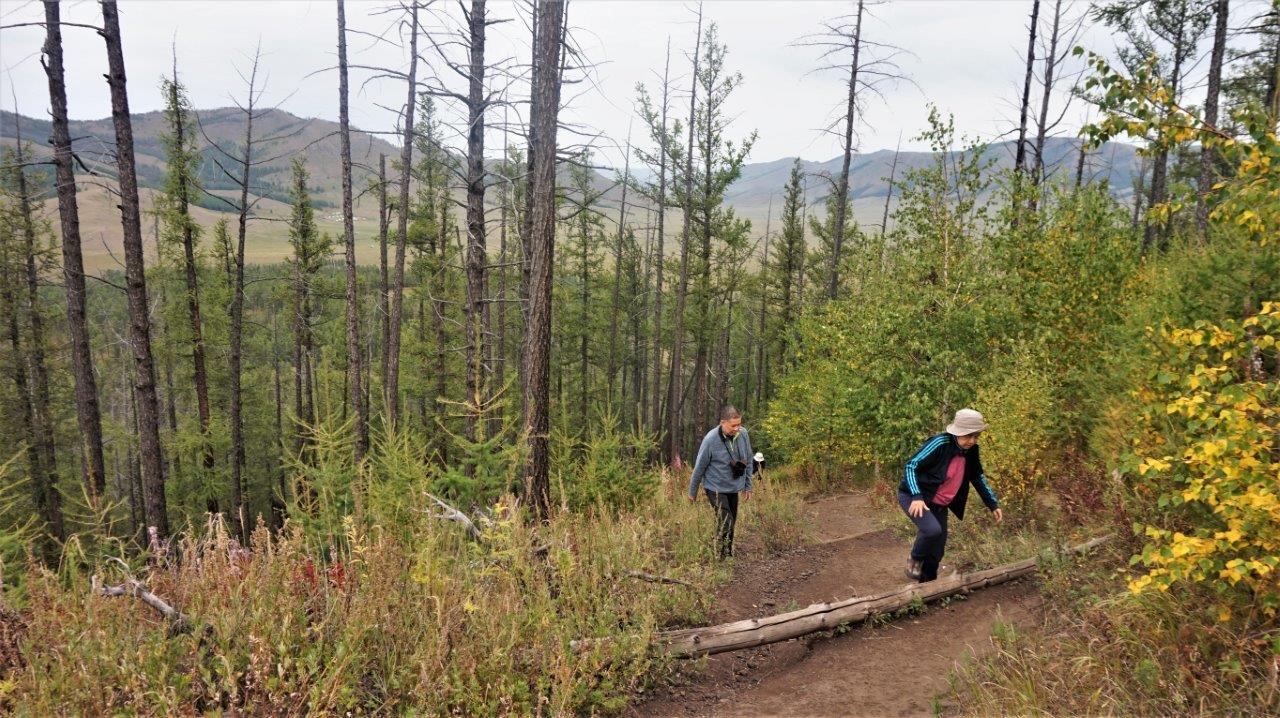
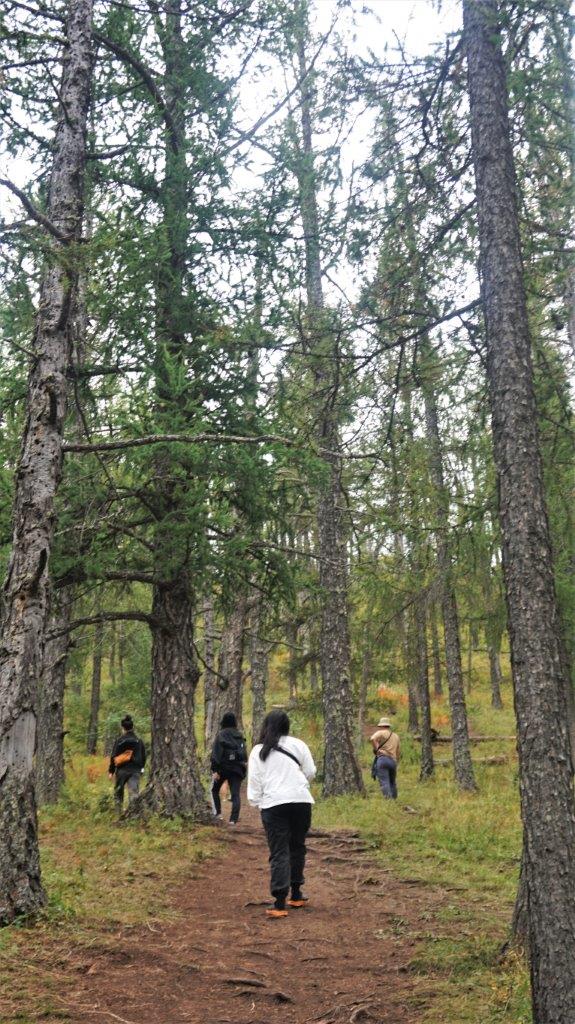
Uran means “artistic” in Mongolian, referring to the perfect round shape of the crater as if it was made by a craftsman.

With a diameter of 600m and depth of 50m, the crater has a small lake at its bottom.
From the rim, random trails leading down to the mouth of the volcano beckoned invitingly. Resistance was futile, I dashed down.
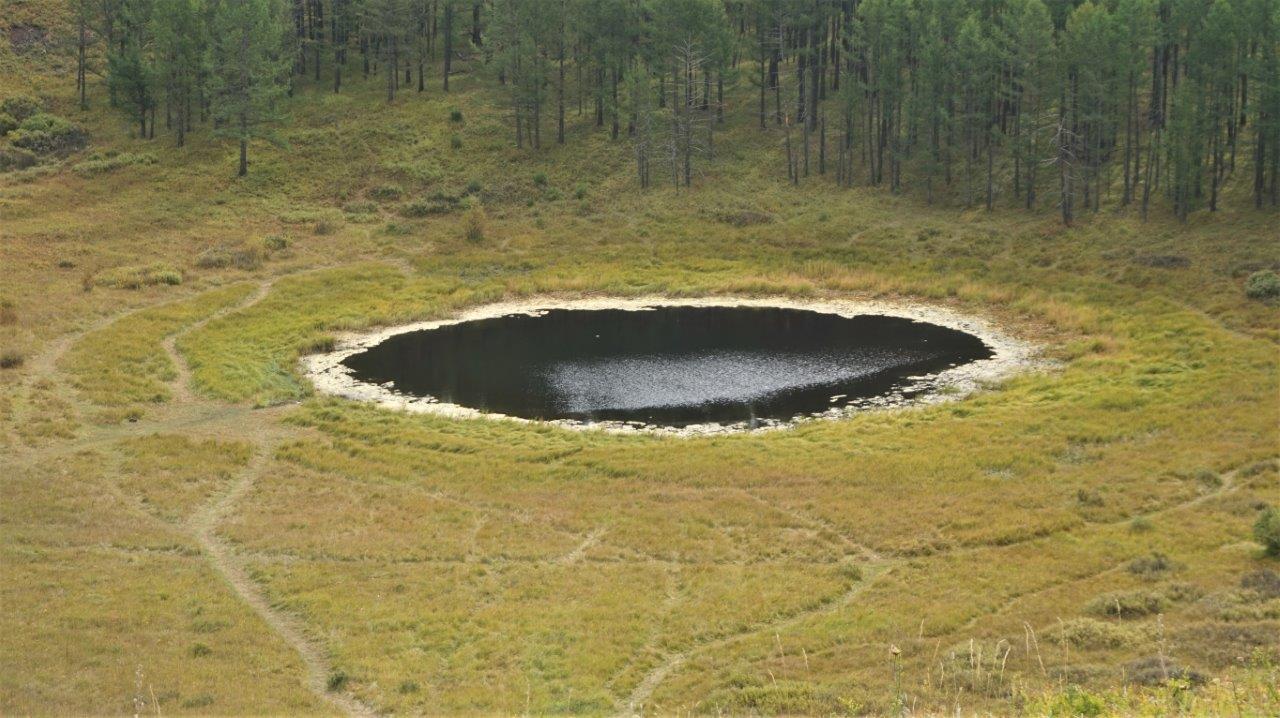



While still sizeable, the lake measuring 20m wide and 1.5m deep is shrinking every year due to global warming and lack of rainfall.
Having circled the lake, we took a different trail back to the top, this time exploring the right side of the crater. Looking back the way I had come, I was astounded by the picturesque landscape on the opposite rim against a backdrop of rolling mountains.

Facing forward again, my plan to walk along the rim was abandoned when we spotted kites gliding overhead.
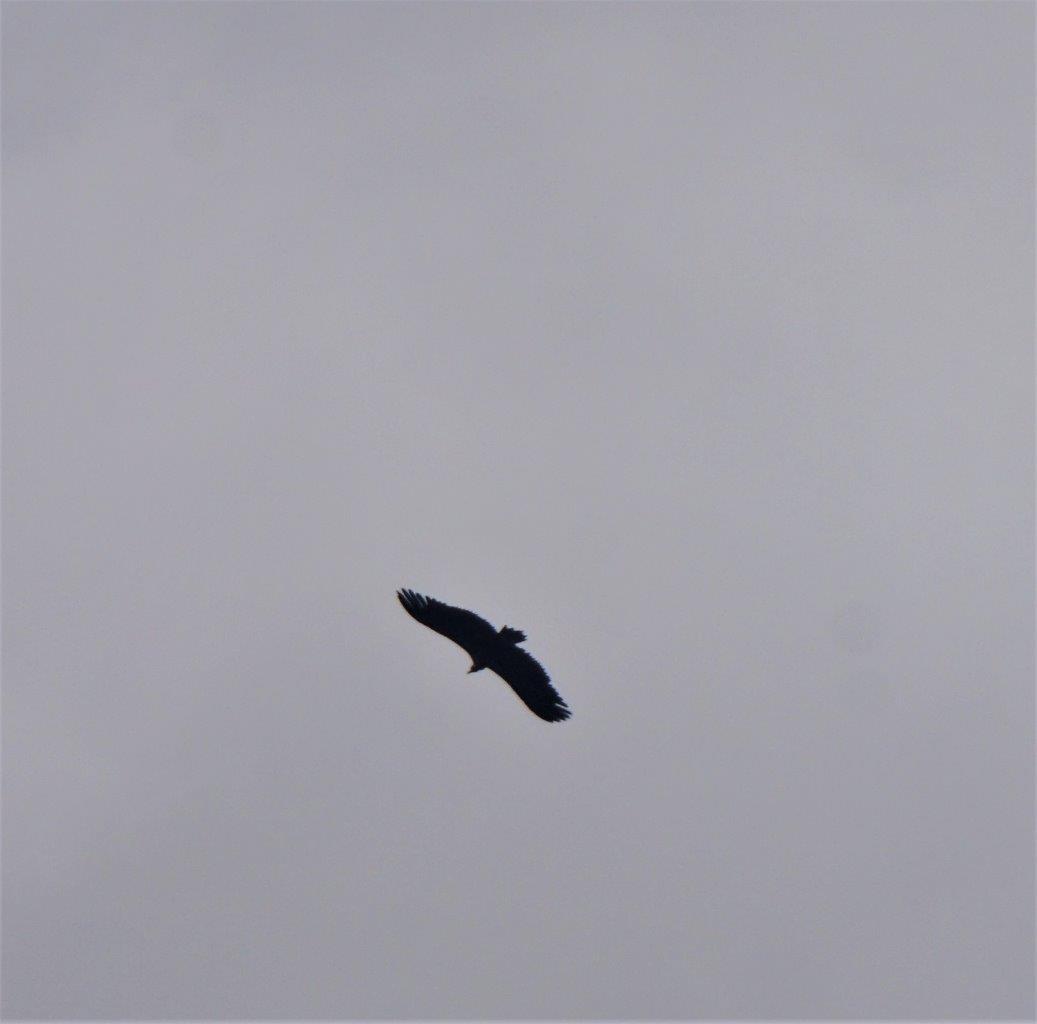

Mesmerised, we spent a good half hour just eyeing the majestic winged species soaring effortlessly on thermals.
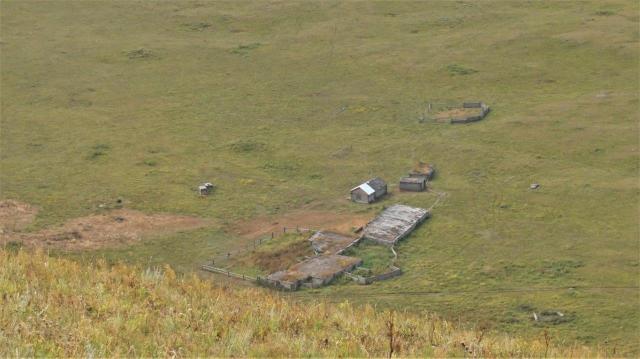
Meanwhile, a more persistent Peter completed the anti- clockwise rim walk, capturing shots of a farmhouse and distant mountains.


Back at the starting point, Mei Ying & LC discovered some interesting bugs near the ovoo.

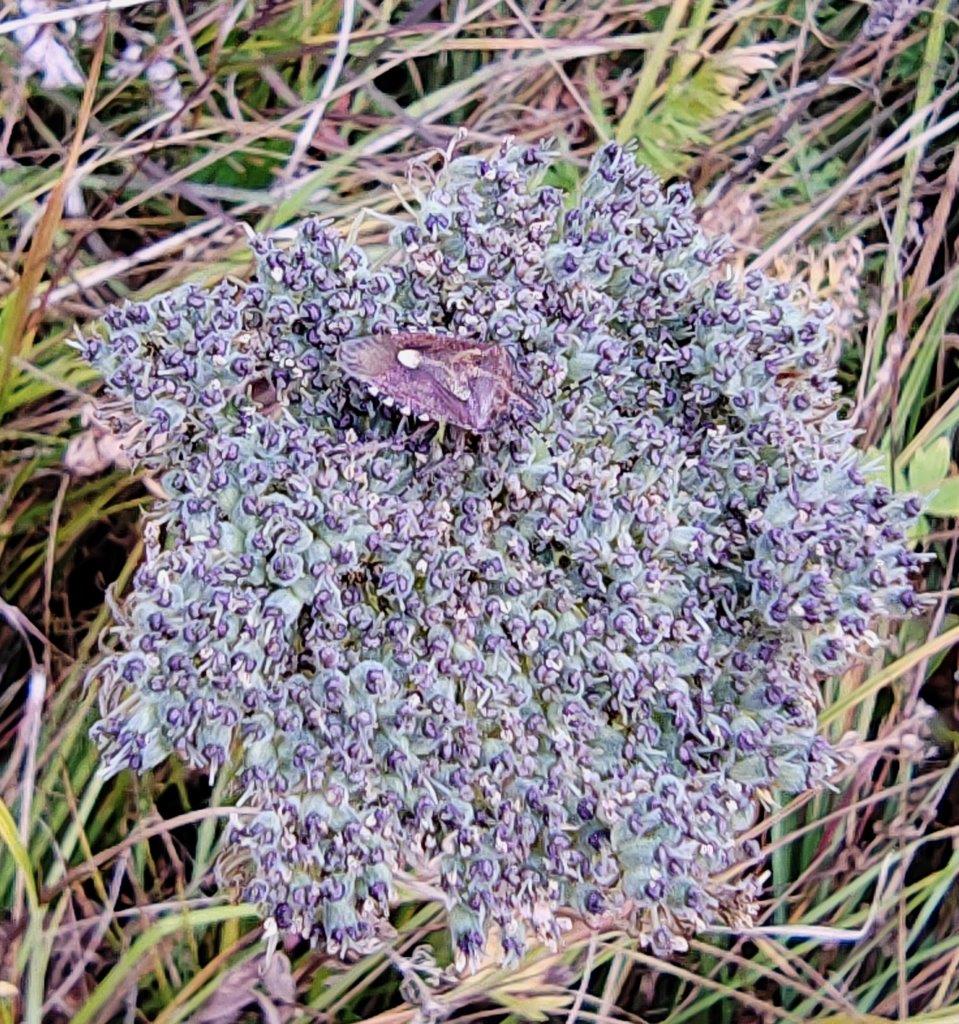


Twenty pictures later, Hurley’s shoulder made for an easier descent to the foothills, where a parked ‘Russian Loaf’ (UAZ Bukhanka off-road van) became the center of attention.

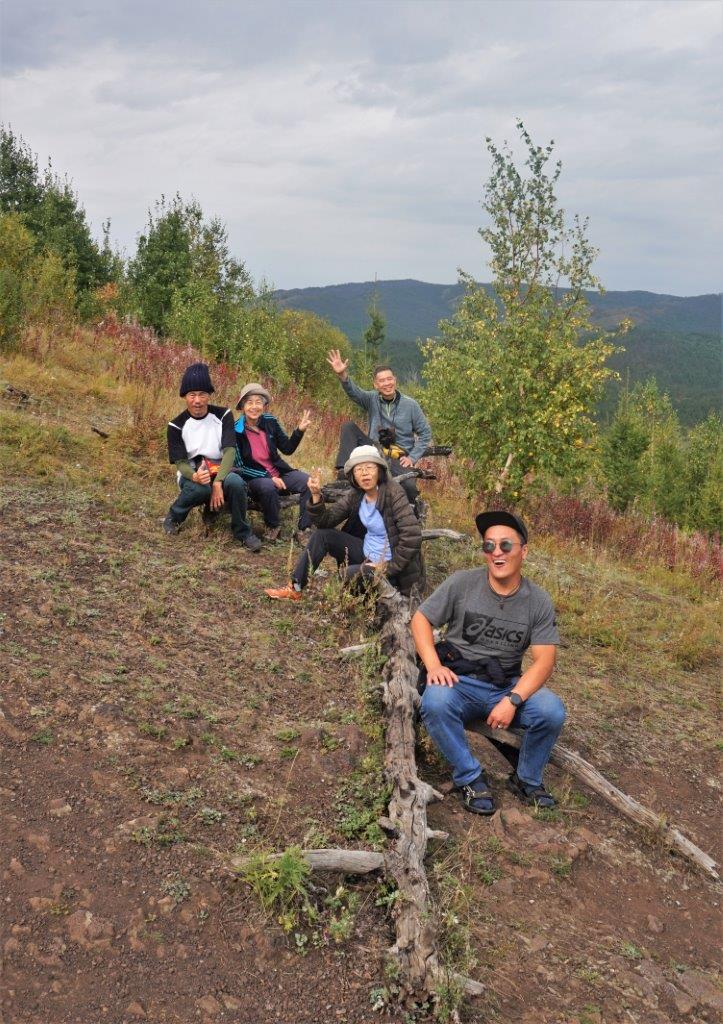
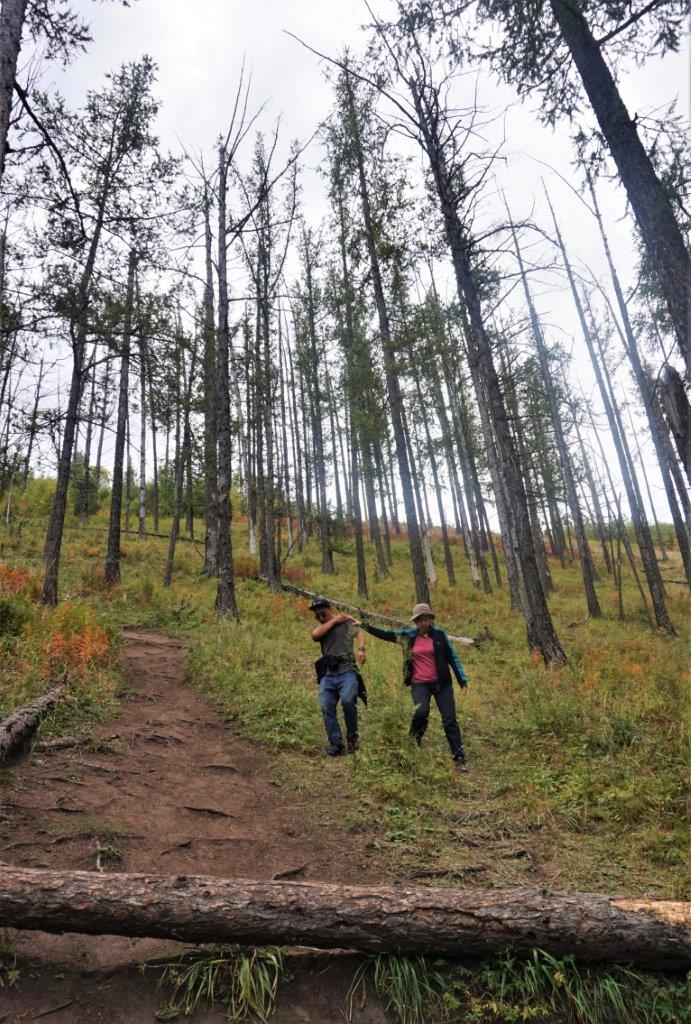

Erdenet
Founded in 1974, Erdenet city is the second largest city in Mongolia with over 100,000 inhabitants. Located 371 kilometers from Ulaanbaatar, Erdenet was built in the mid-1970s as a joint Soviet-Mongolian venture, making it one of the youngest settlements in Mongolia.

Following the discovery of huge deposits of copper and molybdenum ore in the 1950s, a gigantic open cast copper mine (east of the town) is the cornerstone of the town’s existence.
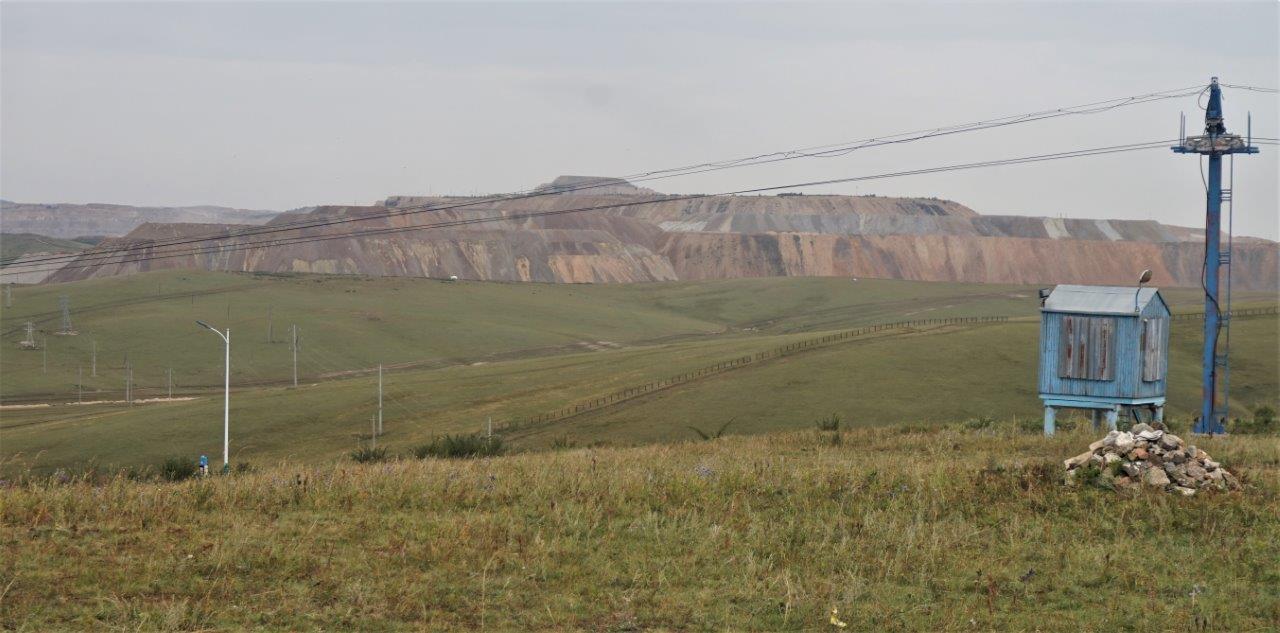
Erdenet Mining Corporation operates the fourth-largest copper mine in the world, extracting a staggering 126,700 tons of copper annually. Other important deposits include turquoise, lazurite, malachite and other minerals.

Fueled by its flourishing copper mining industry, Erdenet is a unique blend of modernity and tradition, preserving its rich history and cultural heritage. Other industries include a carpet factory, a food-processing plant, and a timber-processing industry.

Our hosts (Hurley’s sister’s in-laws) took us to see the copper mine, where he had clocked-in for the better part of his working life.
Now retired, they welcomed us warmly to their home and treated us to a generous spread of local fare (steamed bun, vegetable soup, dumplings).




Equally delightful is the garden – laden with fruit trees and a ‘mansion’ of a chicken coop. We were captivated by the sea buckthon shrubs which had bright orange berries bunched densely on thorny branches.
Also known as the Siberian pineapple, the taste is a unique melange of pineapple, orange, and lemon – quite tart with a hint of sweetness!
After the first taste, we kept popping more berries into our mouths.
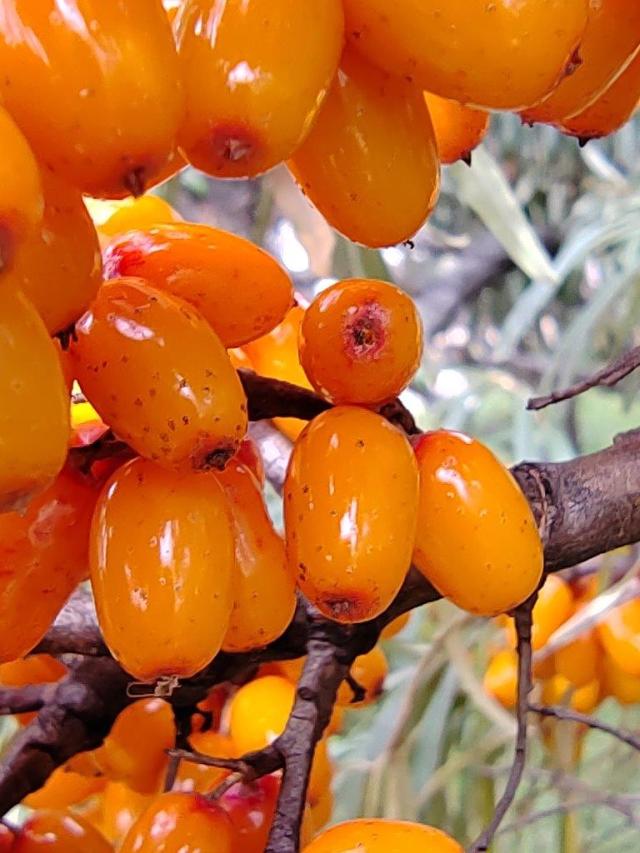
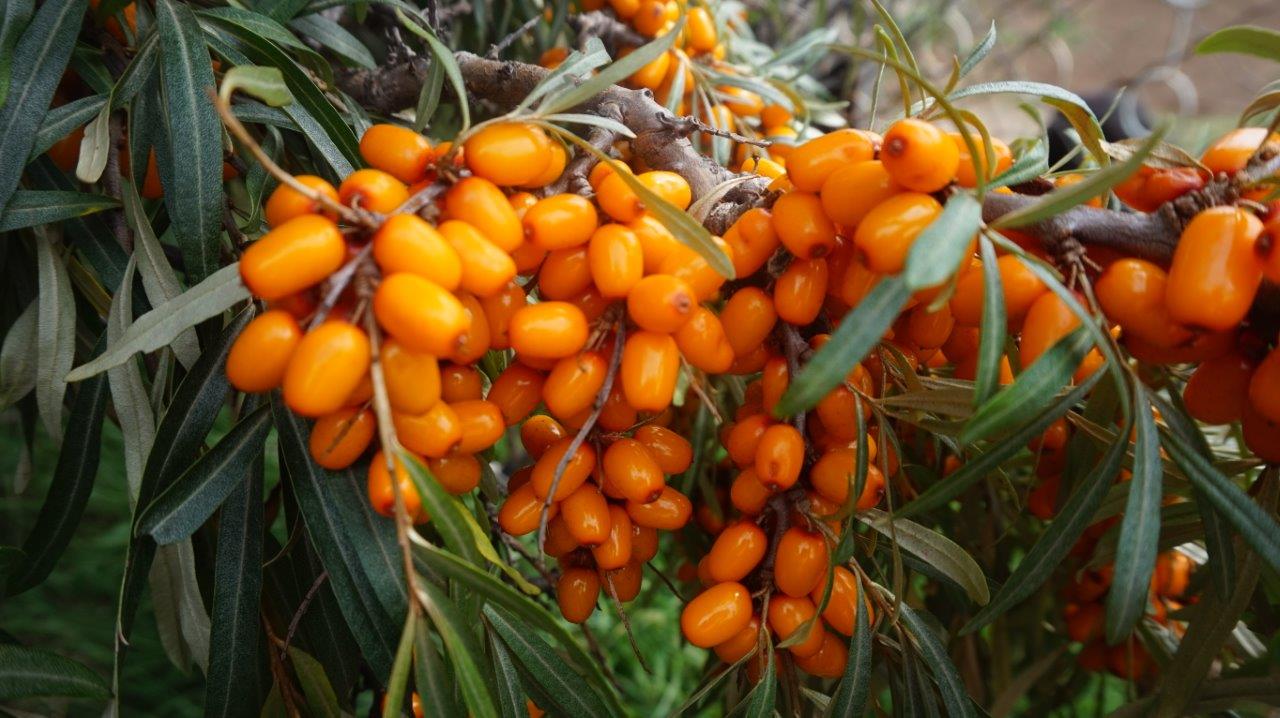
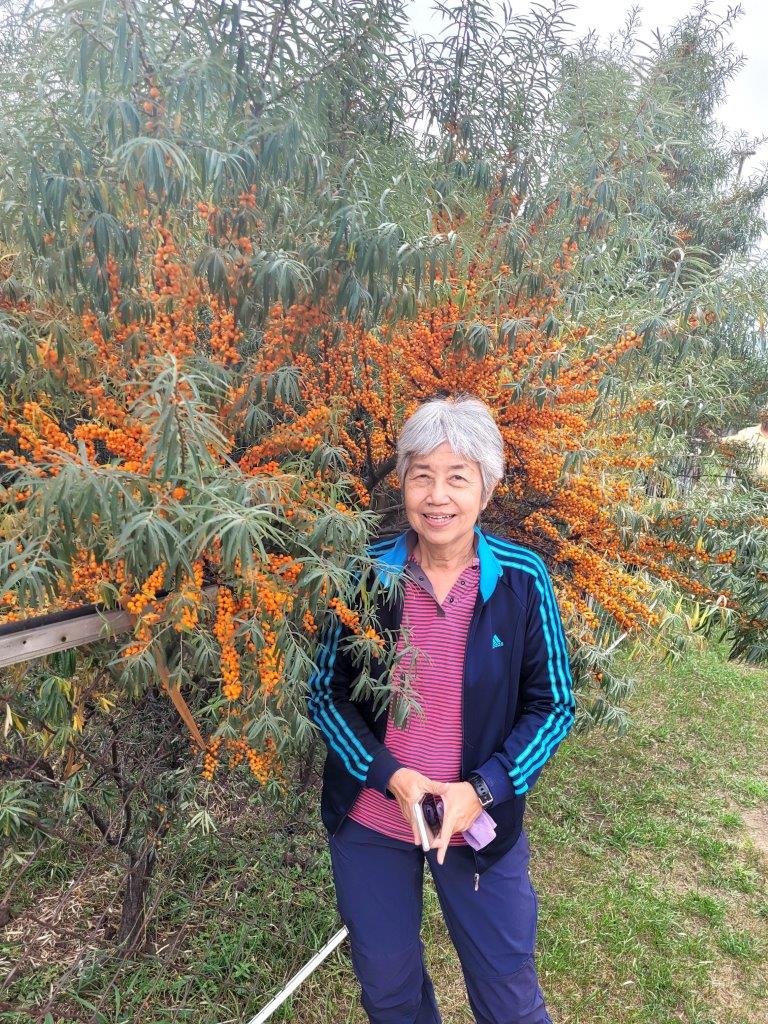
The fruits are highly nutritious and loaded with vitamins C and E, protein, carotene, fatty acids, and flavonoids. Besides Mongolia, the medicinal and nutritional qualities of this superfruit have been known in China and Tibet, for hundreds of years.
Resuming our journey to Amarbayasgalant
Monastery, we called a time out when surrounded by endless golden wheat fields.
